Once an economic powerhouse the envy of much of the world, Tokyo has grown deeply concerned that the economies of China and Germany have overtaken Japan — and that India will do the same next year.
The announcement that India will surpass Japan in nominal gross domestic product (GDP) in US dollar terms by 2025 has shocked Tokyo, which until 2010 was the world's second-largest economy but is now on track to fall to fifth place, according to Deutsche Welle Internationale (Germany).
In estimates released in late April, the International Monetary Fund (IMF) said India's nominal GDP would reach $4.34 trillion (€4.03 trillion) by 2025, surpassing Japan's $4.31 trillion. India's rise to fourth place in the world comes a year earlier than the IMF's last estimate, largely due to a weaker yen.
 |
Japan's decline in global economic standing comes after the government confirmed it would fall behind Germany by 2023. The shock of India potentially overtaking Japan next year is comparable to 2010, when a booming China replaced Japan as the world's second-largest economy.
“For Japan, this is a huge concern – but very few people talk about it publicly because it is so embarrassing and so difficult to deal with,” said Martin Schulz, chief policy economist at Fujitsu’s Global Market Intelligence Group.
According to economist Schulz, the problems the country faces were recognized by Shinzo Abe when he became prime minister in 2012 and announced sweeping plans dubbed “Abenomics” to boost Japan’s growth.
And while two of the “three pillars” of the policy – monetary easing by the Bank of Japan and fiscal stimulus through government spending – have had a good degree of success, the third pillar, on structural reform, has not.
“The whole idea of Abenomics is to boost growth in businesses, but structural reforms are also needed to boost productivity. But that is difficult to do in a country that is ageing and resistant to digital change; while those who have been in office for a long time simply prefer the old way of doing things,” Schulz said.
Like elsewhere, the COVID-19 pandemic and the Russia-Ukraine conflict are still having a tangible impact on the Japanese economy, but other indicators point to a more serious problem.
The Organization for Economic Cooperation and Development (OECD) put fresh pressure on Tokyo when it released its latest report on global economic growth prospects on May 2.
While the OECD forecast world growth of 3.1%, up from 2.9% in its previous report, and forecast that both the US and China would outpace previous projections, the France-based organization cut Japan's growth forecast to 0.5% from the 1% it had projected three months earlier.
Some of Japan's economic malaise may be related to three decades of stagnant economic growth, said Naomi Fink, global strategist and chief executive officer of Nikko Asset Management in Tokyo.
“Both the US and Japan are developed markets and cannot expect to grow as fast as emerging markets like China and India, where the middle class is growing as a share of GDP, infrastructure still needs to be built and, in short, the full potential is not yet being mobilized,” said Ms. Fink.
The key to future growth in Japan will be investment in productivity growth – technology, human capital, business process improvement – because population growth will no longer be the main driver of economic growth, says Fink.
However, Japan has failed to match India's investment in infrastructure and rapidly growing middle class, while Germany has overtaken Japan largely due to the rapid decline of the yen against the euro over the past 12 years.
According to VNA/Tin Tuc Newspaper
Source






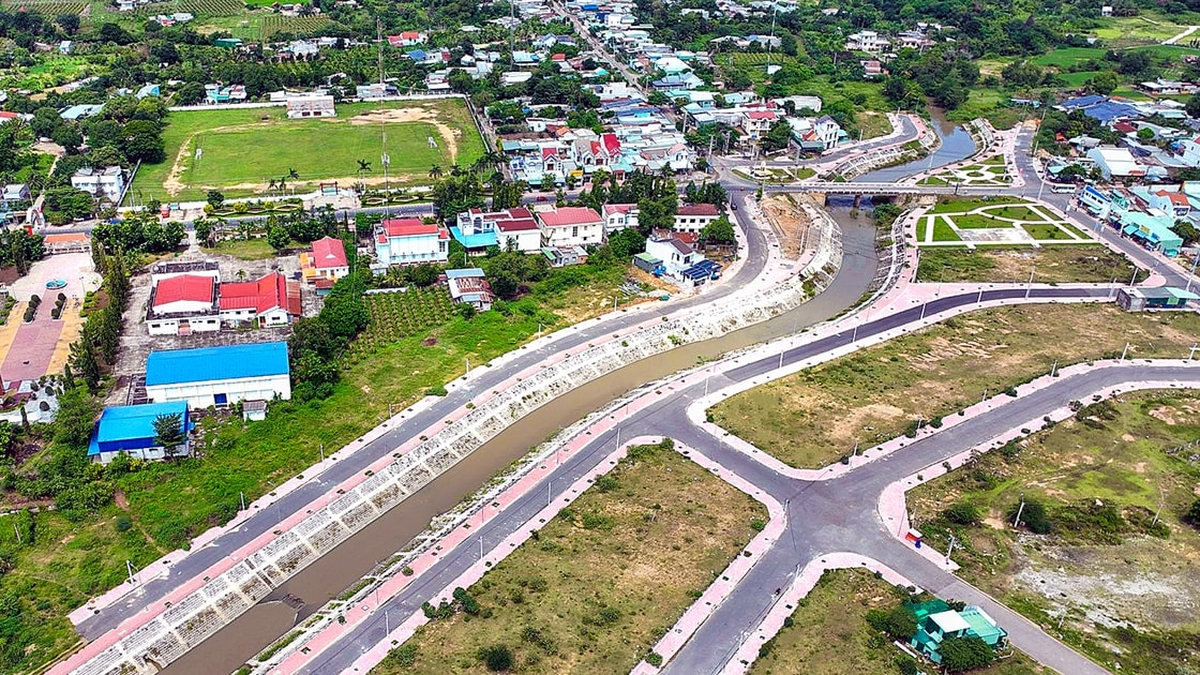
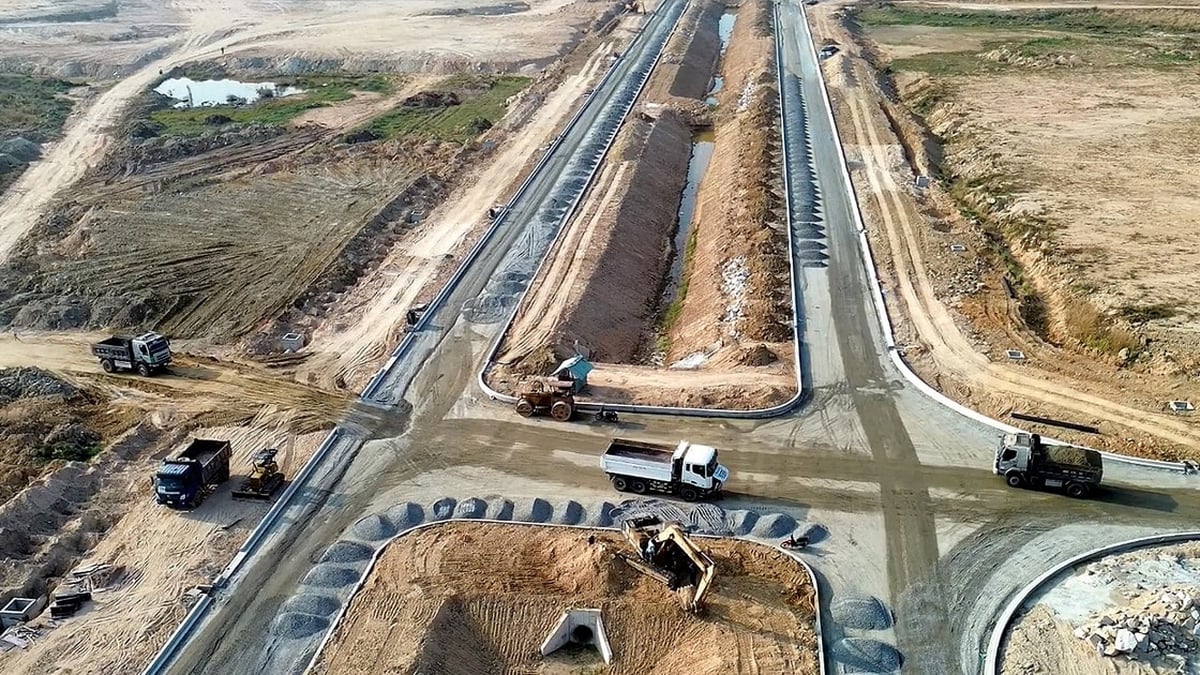


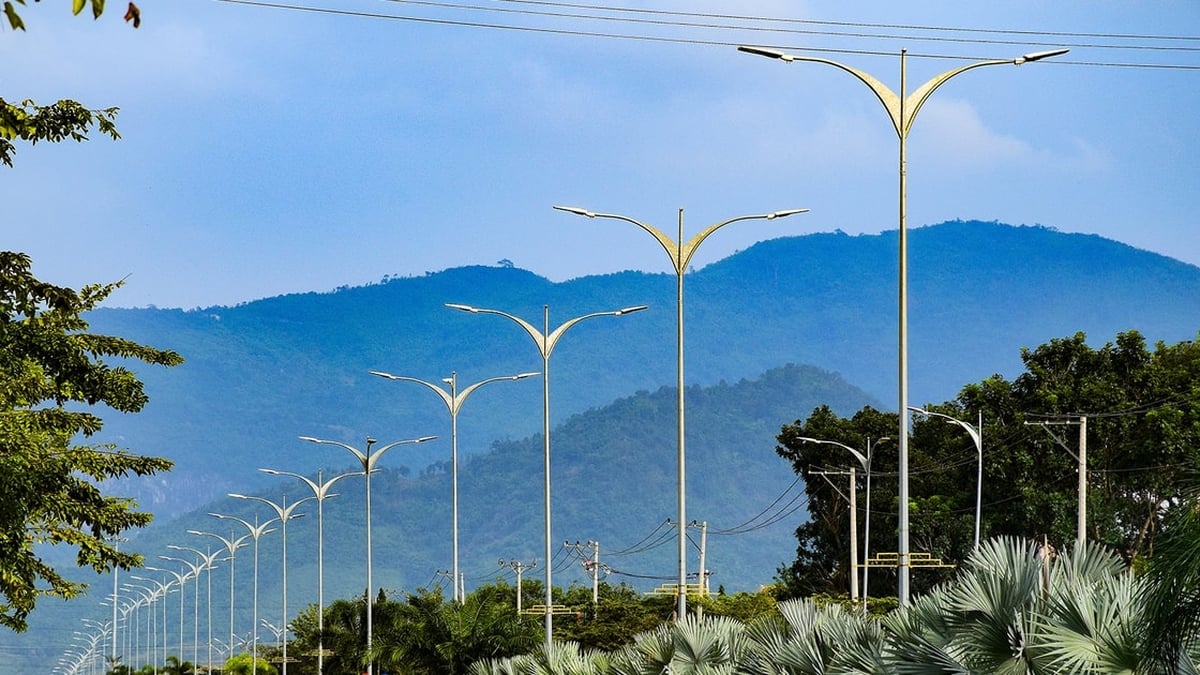











![[Photo] Signing of cooperation between ministries, branches and localities of Vietnam and Senegal](https://vphoto.vietnam.vn/thumb/1200x675/vietnam/resource/IMAGE/2025/7/24/6147c654b0ae4f2793188e982e272651)











































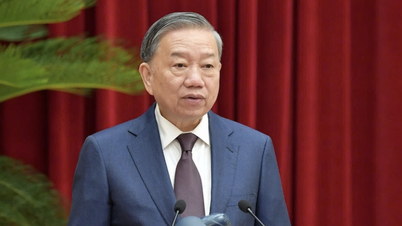


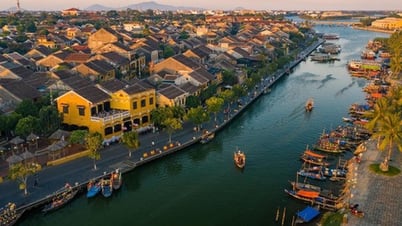
































Comment (0)